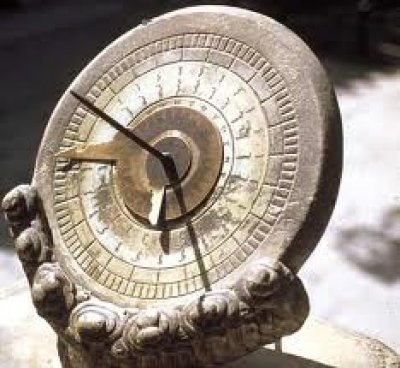Tang Dynasty Achievements
 The period of the Tang Dynasty (618 to 907) was also known as the “Golden Age” in the history of China.
The period of the Tang Dynasty (618 to 907) was also known as the “Golden Age” in the history of China.
Tang emperors expanded their influence in to Central and Southeast Asia, demanding tributes from places such as Korea and Vietnam. The Tang era combined aggressive military and economic expansions with political stability and cultural achievement.
Commerce and Economic Development
Trade within the cities and other countries flourished during the Tang Dynasty. The merchants flocked to the large walled cities - such as Chang-an – which became the center of trade. The Silk Road was at its peak providing economic benefits between the East and the West.
Thousands of foreign merchants lived in Chang-an and other large cities of the empire. The profitable relationship between the foreign traders and Chinese traders improved the economy of the empire during Tang Dynasty.
Artistic and Cultural Achievements
The Tang era is notable for its great material prosperity and its high artistic and cultural achievements. The poets and the painters of this Chinese empire produced beautiful and lasting works. The most remarkable literary development was seen in poetry. Several famous poets from the Tang Dynasty created masterpieces that were representative of Chinese literature.
Other Major Achievements
The Tang Dynasty also contributed to the development of medicine, astronomy, and printing techniques. It also marked the development of new technologies and techniques that led to the increase in agricultural production.
During this era, three major tools were either invented or improved upon to help in rice cultivation - the harrow, the chain with paddles (which allows water to be transferred), and the rice field plough. Techniques such as planting out seedlings rapidly increased yield as well.
Tang Dynasty physicians also developed a smallpox vaccine in the 10th century. Tang scientists invented gun powder and mechanical clocks. They also started using block printing during the 8th century.
